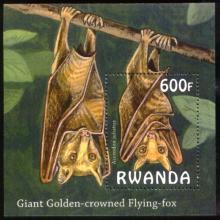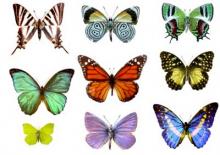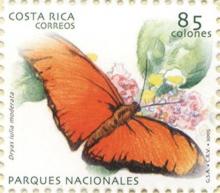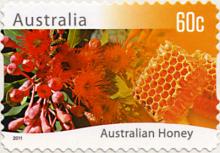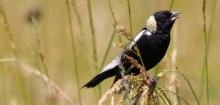Almost all Australian Commercial Beekeepers can recall cleaning moths from truck windscreens when shifting bees and chasing honey flows. On some warm nights the moths would get so bad, that you needed to pull over and clean the screen so that you could see out of it. According to Tom Theobald a Colorado Beekeeper, a couple of weeks ago approaching USA summer, you could drive for hundreds of miles in some corn and grain belts in the USA, barely making contact with an insect. There is a consistent line of thought among some Beekeepers in the USA, Canada, UK, France, Germany, Italy, Slovenia, the Netherlands and more, that massive losses of bees and insects in their respective countries may be contributed to by the use of microscopic doses of Systemic Insecticides, coming under the very hard name to pronounce Neonicotinoid (NEONICS). Fungicides sometimes act together with the Neonics to increase this effect. In Australia, there are presently 37 registered NEONIC insecticides using IMIDACLOPRID and CLOTHIANIDIN. IMIDACLOPRID has been registered and in use since the mid 90's. In the USA there are over 600 registered NEONIC products now. USA and Europe are two of the biggest markets for pesticides. According to regulations supplied by the Australian Pesticides and Veterinary Medicines Authority [APVMA], IMIDACLOPRID and CLOTHIANIDIN are registered for use within bounds of product label, to control insects on a wide variety of plant life in Australia including: cotton, maize, sorghum, sunflower, sweet corn, sugarcane, canola, seed pastures and grasses such as rye grass, fescus and pharalaris, clovers such as subterranean, white, and strawberry, lucernes, stone fruit, potatoes, turnips, swedes, kales, capsicums, eggplants, tomatoes, apples, pears, cabbages, cucumbers, roses, bananas, eucalypt seedlings, turf, lawns and gardens. Read more: http://www.theabk.com.au/article/neonicotinoids-australia



